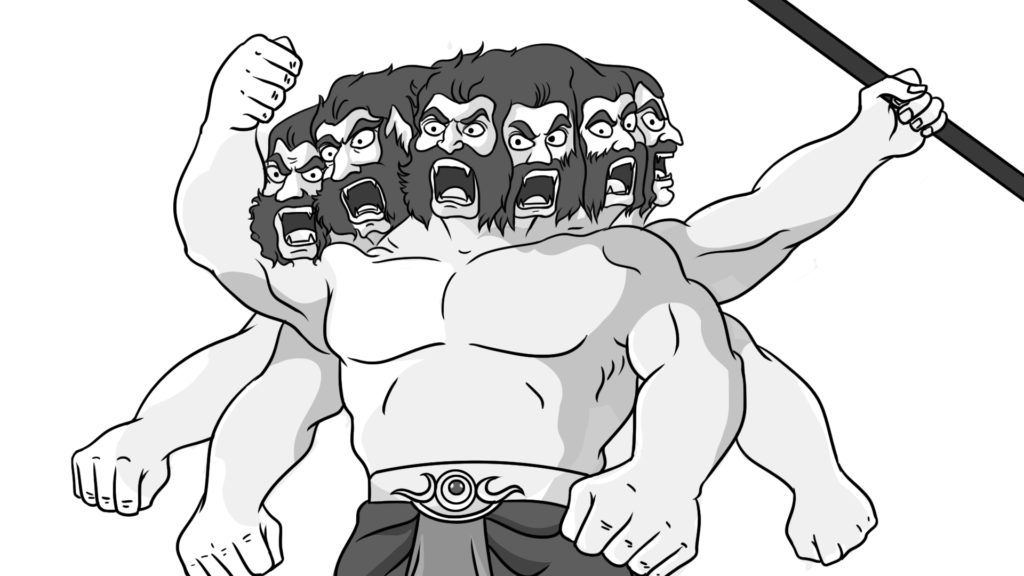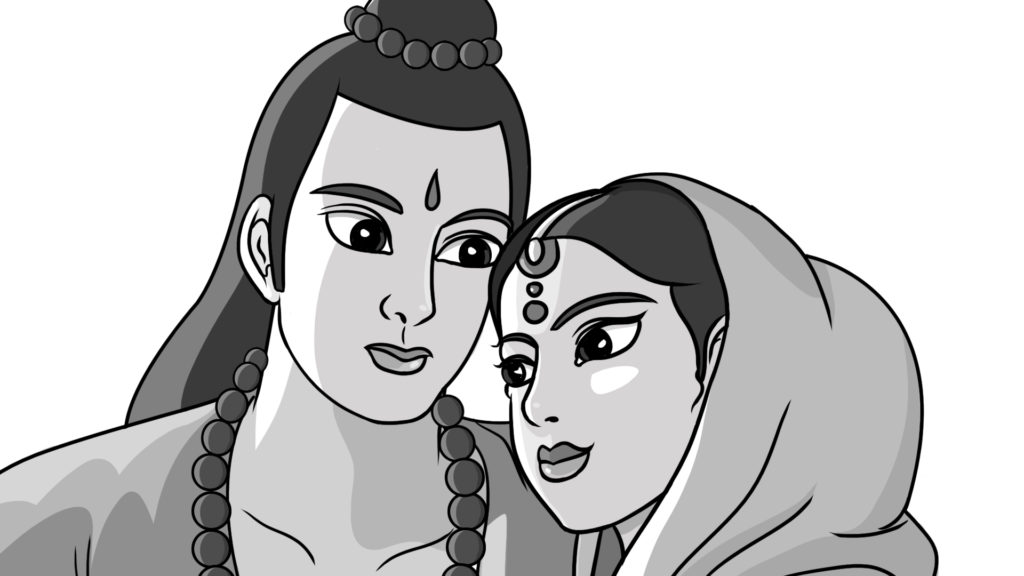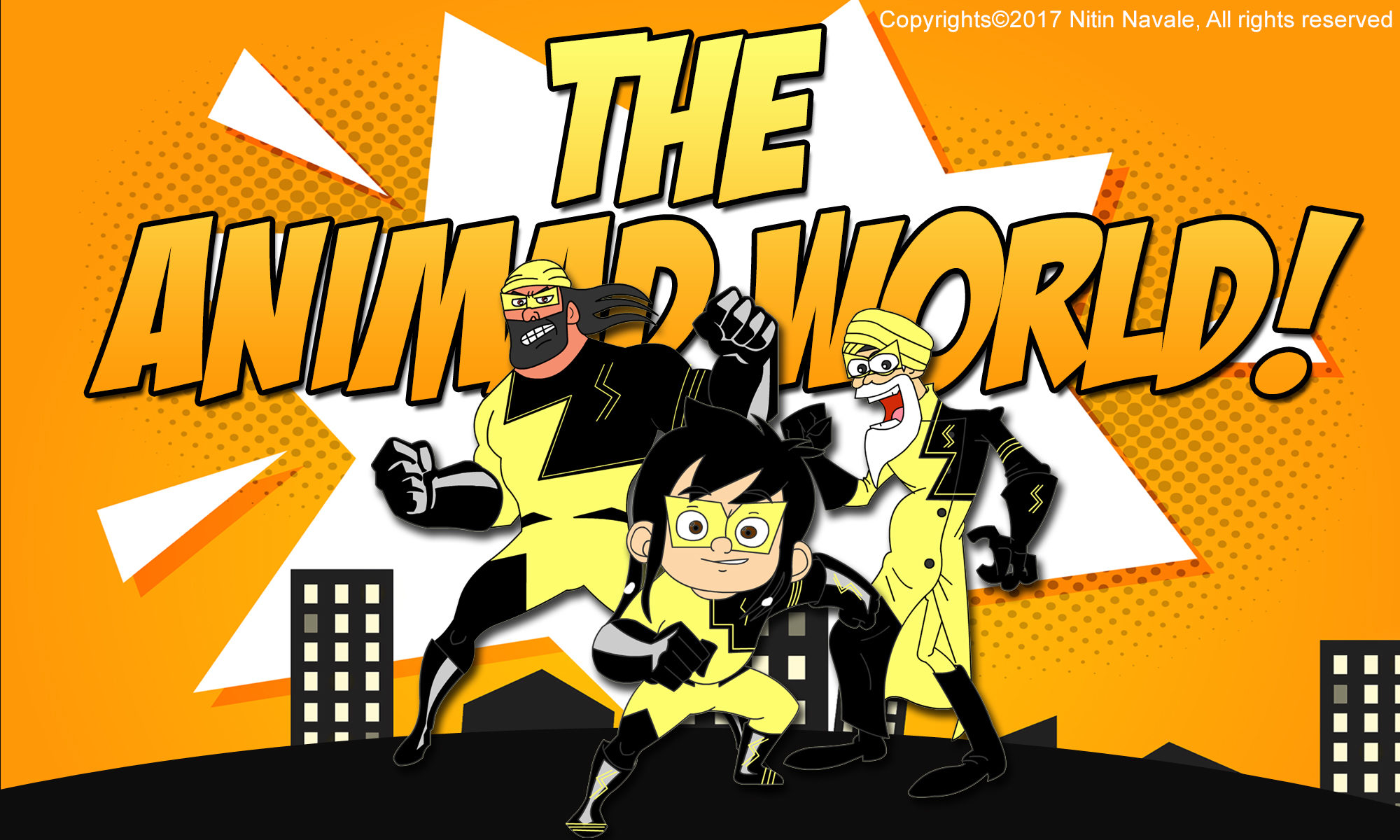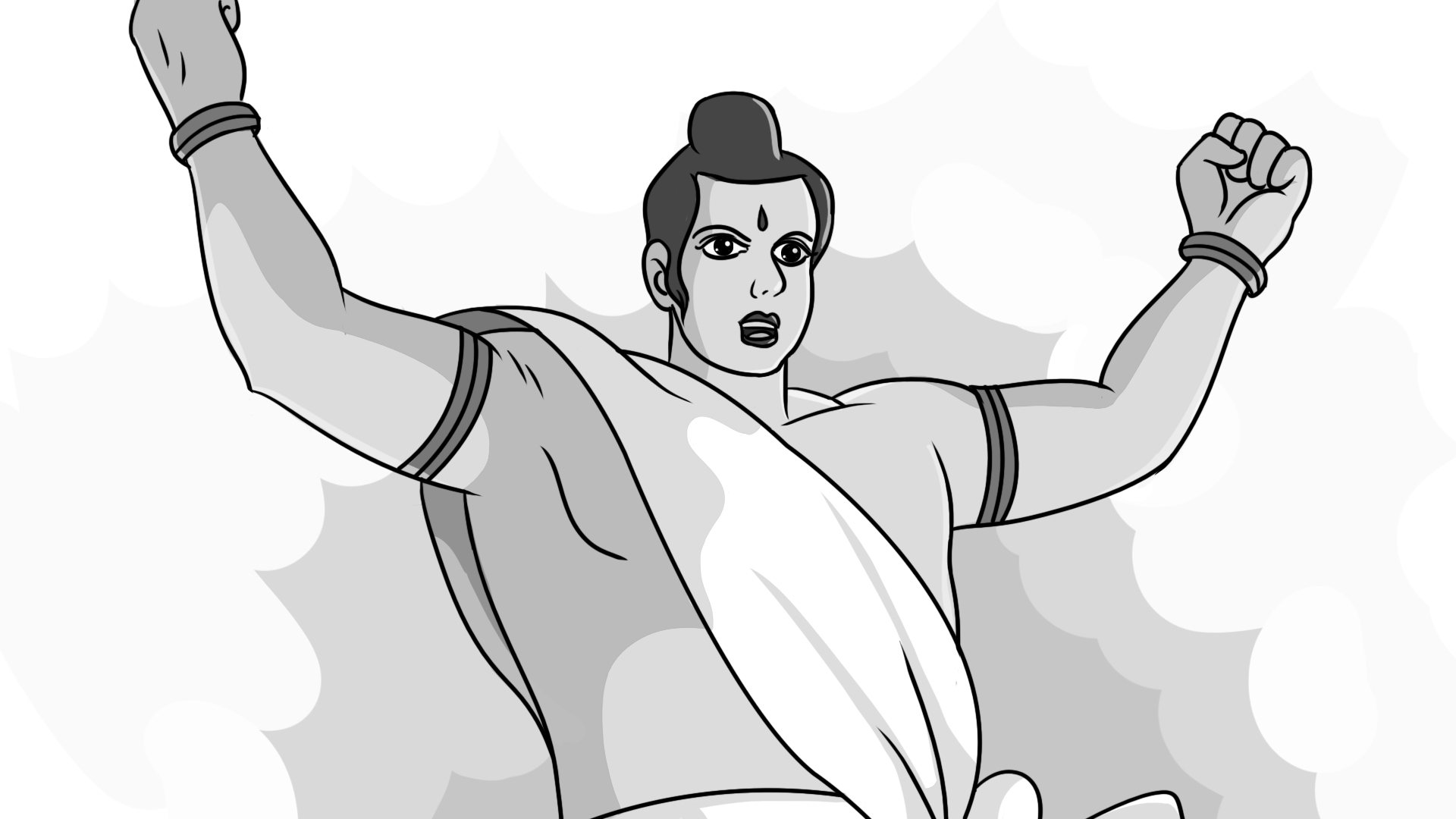“Anyone can tell a story because Ramayana is a plot-oriented tale, but the key to Sako is that he finds humanity in his characters.” ― Krishna Shah, Co-Director, Ramayana
Anybody who grew up in the ’90s will recognize the animated film Ramayana: The Legend of Prince Rama, which was made as a part of the 40th anniversary of the India-Japan diplomatic relationship. This mythological tale was recreated and Directed by Yugo Sako along with legendary Indian Animator Ram Mohan.
The Hindi version featured dubbing voices of many big stars, including Arun Govil as the voice of Rama, Legendary Amris Puri as the voice Ravana and powerfully narrated by Shatrughan Sinha, added the interest in the audiences.
And after its release, it left a tremendous impact on a generation who already had a set perception about this sacred text through one of the most popular television shows in the history of the Indian entertainment industry that aired on Doordarshan.
And miraculously, the anime managed to create its own identity with its fusion of U.S., Indian, and Japanese style animation, brilliant screenplay, impeccable characterization, design, camera angles, and, more importantly, by staying respectful towards its cultural significance in the Indian civilization that managed to capture the attention of both kids and the adults.

But just like the actual tale of Ramayana, the movie also fought an epic battle for its existence and survival to reach its viewers. Yes, the creator of the film has to overcome various forces, to turn this religious work of stunning antiquity into an animated movie. So let’s have a brief look at Yugo Sako’s journey into the sacred world of Indian mythicism and his sincere efforts to make this animated retelling of an iconic story.
It all began when Yugo Sako was working on “The Ramayana Relics,” a documentary in 1983; he was so highly enticed into its spiritual theme that he researched more in-depth into the subject and went on to study 10 versions of Ramayana in Japanese. After extensively researching the epic mythology, he aspired to adapt it into animation. Because he didn’t think a live-action movie could depict the true essence of Ramayana, “Because Ram is God, I felt it was best to depict him in animation, rather than by an actor.” Said Yugo in an interview.
And that’s when the struggle began.

A leading newspaper misunderstood Yugo Sako’s documentary and wrote that he was altering the Ramayana. Soon after that, a protest letter based on the misinterpretation from the Vishva Hindu Parishad was received by the Japanese Embassy in India’s capital. Which said that no foreigners could arbitrarily cinematize Ramayana because it was the great national heritage of India.
After the misconceptions were clarified, Yugo Sako suggested the idea of an animated Ramayana to the VHP and the Government. He told them that animation was an earnest art form in Japan, and it would help bring the Ramayana to a broader global audience.
The Government agreed initially but later declined his proposal for a bi-nation collaboration, saying the Ramayana is a very sensitive subject and cannot be portrayed as a cartoon. Also, the fact that the movie was being made at the height of the Ram Janmabhoomi movement added to the controversy and axed the prospects of producing it in India.
With no choice and support left, The movie was ultimately produced in Japan, with nearly 450 artists from both the nation contributing to its creation. Indian animators guided their Japanese teammates with Indian customs and traditions depicted in the film, like how dhotis are worn and how the children receive blessings from their elders.
Now when the production process was sorted, the quest was to take it to a global audience. After eight months of negotiation, Yugo finally convinced a big Hollywood studio to release it to U.S. audiences.
 But next came the tricky part: The studio wanted to alter the storyline, sending Ram and Sita into the forest for their honeymoon and substituting the entire myth of fourteen-year exile or Sita’s abduction. They wanted to turn it into a straight adventure concept despite it being a perfect plot in all sense. The producers and Yugo disagreed with it and parted away with the studio as it was clearly against their sensitivity, which eventually prevented it from gaining a wider release.
But next came the tricky part: The studio wanted to alter the storyline, sending Ram and Sita into the forest for their honeymoon and substituting the entire myth of fourteen-year exile or Sita’s abduction. They wanted to turn it into a straight adventure concept despite it being a perfect plot in all sense. The producers and Yugo disagreed with it and parted away with the studio as it was clearly against their sensitivity, which eventually prevented it from gaining a wider release.
This whole saga is such a great example of choosing art over commerce. Sako precisely understood the sentiments attached to it and devoted a decade of his life to bringing this eternal mythology on the big screen. Sako believes his exposure to India has taught him to see the larger picture rather than worry about short-term goals. In an interview, he said, “If I pass away, then this work can be done by others, and if I die, I can be reborn and continue the work.”
So the current generation of artists needs to learn from Yugo Sako’s work ethics and should not easily bow down to the demands of commercialism. The passion portrayed by him is something that needs to be embraced by each one of us that will eventually reflect into our movies and shows and will assist us in doing better artistic work.
The biggest lesson for Indian animators here is to learn the importance of patience to do justice with our art, especially when dealing with such divine subjects. In India, we often see that we really underestimate the importance of detailed research and are more focused on delivering the half-hearted output that eventually gets the half-hearted response from the audiences. This approach of quantity over quality has been a big hurdle on the path of our animation that needs to address as soon as possible.

Sako taught us that in our pursuit of purpose and goals, just like Prince Rama and Mighty Hanuman, we will face the demons, but it’s essential not to compromise with our morals and ethics and continue to walk towards the bigger vision we have. Indeed, it is such a kind of dedication from an artist that influences a generation to come. It is such a kind of commitment that helps to overcome obstacles and hurdles in the creation process, and it is such kind of devotion that makes the art and the artist immortal, just like the real “Ramayana.”
Do make sure to read other articles in this series by clicking on the link: The Faults in our Arts!



One Reply to “CHAPTER 03 RAMAYANA: THE LEGEND OF PRINCE RAMA AND THE BATTLE TO RELEASE IT”